7 Ways to be More Sustainable on a Budget
From cheap insulation ideas to zero-cost home updates, these expert tips will help you save money and energy
Victoria Harrison
23 January 2023
Editor, Houzz UK and Ireland
Want to be more sustainable at home but not sure where to start? Architects and interior designers have plenty of tricks up their sleeves to help make your home greener. Check out these smart ideas from Houzz stories to discover how to boost your own green power without spending a fortune.
This article is from our Most Popular stories file
This article is from our Most Popular stories file
Insulate on a budget
Sustainability doesn’t have to be expensive, as TV presenter and sustainability champion Kevin McCloud explained in his interview with Houzz in 2019. His top tip for retrofitting your home on a budget? A roll of insulation tape.
“If I only had £50, I would go to my nearest hardware shop and spend a few quid on self-adhesive draught-excluding tape to seal any unwanted gaps around doors and windows,” he says.
“I’d probably spend the rest on tripling the insulation in the loft. In addition, many Victorian homes have a cellar and people forget it can cause draughts, so remember to insulate that, too,” he says.
Sustainability doesn’t have to be expensive, as TV presenter and sustainability champion Kevin McCloud explained in his interview with Houzz in 2019. His top tip for retrofitting your home on a budget? A roll of insulation tape.
“If I only had £50, I would go to my nearest hardware shop and spend a few quid on self-adhesive draught-excluding tape to seal any unwanted gaps around doors and windows,” he says.
“I’d probably spend the rest on tripling the insulation in the loft. In addition, many Victorian homes have a cellar and people forget it can cause draughts, so remember to insulate that, too,” he says.
Switch off standby
An even more affordable tip came from a story for Houzz by LWK London Kitchens, which advised turning off the standby mode on your electrical appliances for an instant energy save.
Appliances, TVs and gadgets turned to standby still require energy, particularly for maintaining the appliance’s “sleep” status. “This is especially so if the appliance has LED lights or a flashing display that remains in place when the appliance isn’t being used,” Graeme Wilson explains.
“With the exception of fridges and freezers, most appliances can be switched off at the plug when not in use, and doing so can save an average household between £45 and £80 a year,” he says.
“If this is a problem in your house,” he adds, “then it’s worth looking into Standby Savers, which let you turn off multiple appliances with one switch.”
More: 10 Tips for Saving Energy (and Money) in the Kitchen
An even more affordable tip came from a story for Houzz by LWK London Kitchens, which advised turning off the standby mode on your electrical appliances for an instant energy save.
Appliances, TVs and gadgets turned to standby still require energy, particularly for maintaining the appliance’s “sleep” status. “This is especially so if the appliance has LED lights or a flashing display that remains in place when the appliance isn’t being used,” Graeme Wilson explains.
“With the exception of fridges and freezers, most appliances can be switched off at the plug when not in use, and doing so can save an average household between £45 and £80 a year,” he says.
“If this is a problem in your house,” he adds, “then it’s worth looking into Standby Savers, which let you turn off multiple appliances with one switch.”
More: 10 Tips for Saving Energy (and Money) in the Kitchen
Buy your kitchen second-hand
New kitchens can be expensive, but you can reduce the price tag, as well as your environmental impact, by buying the entire thing second-hand.
“It’s unbelievable some of the kitchens people want to get rid of,” says Looeeze Grossman of The Used Kitchen Company, which specialises in second-hand kitchen sales, from high end to high street.
The company sources ex-display models (such as the one pictured here), as well as good-quality kitchens from homeowners who are replacing them, at up to 70% of the original cost.
More: How Can I Renovate My Kitchen Sustainably?
Looking for a kitchen designer or fitter in your area? Browse reviews in the Houzz Professionals Directory.
New kitchens can be expensive, but you can reduce the price tag, as well as your environmental impact, by buying the entire thing second-hand.
“It’s unbelievable some of the kitchens people want to get rid of,” says Looeeze Grossman of The Used Kitchen Company, which specialises in second-hand kitchen sales, from high end to high street.
The company sources ex-display models (such as the one pictured here), as well as good-quality kitchens from homeowners who are replacing them, at up to 70% of the original cost.
More: How Can I Renovate My Kitchen Sustainably?
Looking for a kitchen designer or fitter in your area? Browse reviews in the Houzz Professionals Directory.
Restrict your shower’s flow
In a bathroom, there are several steps you can take to reduce your environmental impact. One is to restrict the flow of your shower.
Standard showers tend to deliver a flow rate of 13.5 litres per minute, while flow-regulated ones reduce this to 10 litres per minute. “Although this can translate into significant water savings over the year, the difference in the shower performance is barely noticeable,” Lisa Ward of Bristan says.
Also look for models that feature an aerator, which enriches the water with air, so the flow contains less water while keeping its volume.
More: Small Steps to Saving Water in the Bathroom.
In a bathroom, there are several steps you can take to reduce your environmental impact. One is to restrict the flow of your shower.
Standard showers tend to deliver a flow rate of 13.5 litres per minute, while flow-regulated ones reduce this to 10 litres per minute. “Although this can translate into significant water savings over the year, the difference in the shower performance is barely noticeable,” Lisa Ward of Bristan says.
Also look for models that feature an aerator, which enriches the water with air, so the flow contains less water while keeping its volume.
More: Small Steps to Saving Water in the Bathroom.
Reduce your flush
Another quick fix to limit your environmental impact in the bathroom is to reduce the amount of water you use each time you flush the toilet.
“Flushing toilets are truly one of the cornerstone inventions of the modern world, but they can generally do the job with less water,” Helen Yeadon and Joe Stewart of YellowDoor Architecture say. “Place a cistern displacement device in your dual-flush toilet cistern to reduce the volume of water used in each flush.” You can get one of these online.
More: 10 Quick Ways to be More Eco-friendly with Water
Another quick fix to limit your environmental impact in the bathroom is to reduce the amount of water you use each time you flush the toilet.
“Flushing toilets are truly one of the cornerstone inventions of the modern world, but they can generally do the job with less water,” Helen Yeadon and Joe Stewart of YellowDoor Architecture say. “Place a cistern displacement device in your dual-flush toilet cistern to reduce the volume of water used in each flush.” You can get one of these online.
More: 10 Quick Ways to be More Eco-friendly with Water
Wash at low temperatures
Washing your clothes less often is a quick way to reduce energy bills, so if you throw things in the machine without thinking, perhaps an overhaul of your habits could save you money.
If every wash is essential, though, you can still reduce your energy use by making sure you operate both your washing machine and dishwasher at a lower temperature, and each with a full load.
LWK London Kitchens advises, “If you’re buying a new machine, choose one with a half-load button. Also, by switching from a hot wash to a warm wash, over the course of a year you could cut the energy consumption of these appliances in half.”
More: How to be More Green When You Clean
Washing your clothes less often is a quick way to reduce energy bills, so if you throw things in the machine without thinking, perhaps an overhaul of your habits could save you money.
If every wash is essential, though, you can still reduce your energy use by making sure you operate both your washing machine and dishwasher at a lower temperature, and each with a full load.
LWK London Kitchens advises, “If you’re buying a new machine, choose one with a half-load button. Also, by switching from a hot wash to a warm wash, over the course of a year you could cut the energy consumption of these appliances in half.”
More: How to be More Green When You Clean
Harness solar power outside
Garden lighting can be an energy drain, but using solar-powered garden lights can instantly take you off-grid outside, removing the need for cables, hard wiring and outside sockets.
Garden designer Pip Probert suggests choosing solar-powered lights and water features to reduce the electricity used in your garden.
“There are lots of different styles available and they’re very easy to install,” she says. “They’re improving all the time and will store energy from the natural light during the day and release it when needed at night.”
More: 10 Ways to Get an Eco-friendly Garden
Tell us…
Which of these tips are you most likely to implement? Let us know in the Comments.
Garden lighting can be an energy drain, but using solar-powered garden lights can instantly take you off-grid outside, removing the need for cables, hard wiring and outside sockets.
Garden designer Pip Probert suggests choosing solar-powered lights and water features to reduce the electricity used in your garden.
“There are lots of different styles available and they’re very easy to install,” she says. “They’re improving all the time and will store energy from the natural light during the day and release it when needed at night.”
More: 10 Ways to Get an Eco-friendly Garden
Tell us…
Which of these tips are you most likely to implement? Let us know in the Comments.
Related Stories
Renovating
How Can I Incorporate Biodiversity Into My Building Project?
By Kate Burt
If you’re renovating, you have a brilliant opportunity to plan in nature-friendly touches at the outset
Full Story
Storage & Organisation
How to Be More Green When You Clean
Refresh your cleaning routine as well as your home this year with these eco-friendly cleaning ideas
Full Story
Lifestyle
How to Prepare Your Home for Summer Heat
Check out these updates that will ensure your property is ready for hotter days
Full Story
Gardens
9 Ways to Create a More Sustainable Garden
Simple, effective ideas for reducing your environmental footprint and creating a beautiful garden
Full Story
Gardens
18 Soul-soothing Green Roofs
By Kate Burt
Whether you choose sedum, wildflowers, or a mix, a living roof can be a beautiful and biodiverse addition to your home
Full Story
Renovating
How to Retrofit Insulation in an Existing Property
By Cheryl F
Want to keep your energy bills down while helping the planet? Start by upgrading your insulation
Full Story
Renovating
How to Save Money and Energy in Your Home
By Kate Burt
What measures can you take to reduce household bills and ensure your home is working as efficiently as possible?
Full Story
Christmas
How to Have a Plastic-free Christmas
Want to reduce your plastic footprint this year? Here are a few ideas
Full Story
Renovating
Should You Install an Air Source Heat Pump?
Find out what’s involved, the pros and cons, and whether there’s an alternative solution
Full Story
Renovating
How to Reduce Waste, Reuse and Recycle During Your Renovation
By Kate Burt
Waste is a significant environmental issue on projects – how can we help to divert as much as possible from landfill?
Full Story


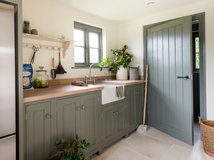

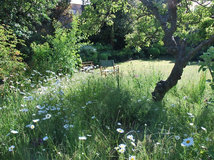









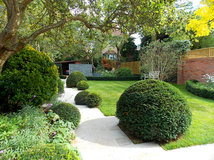

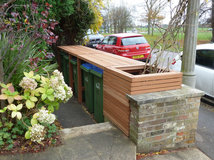
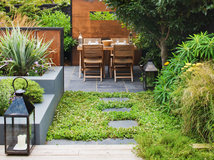
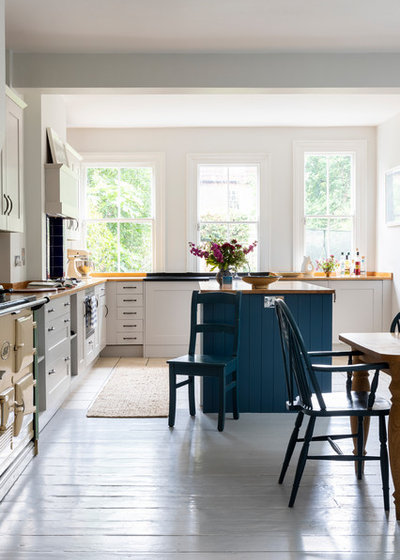
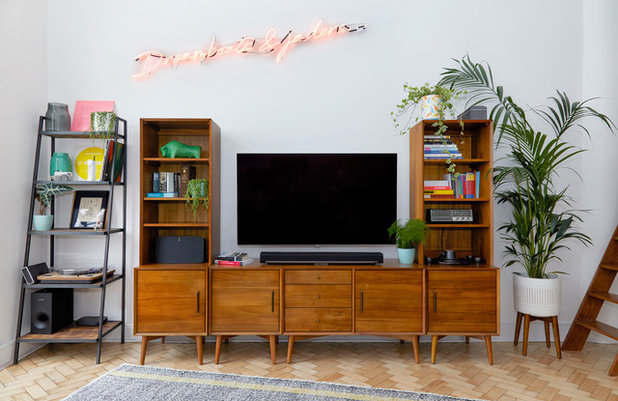
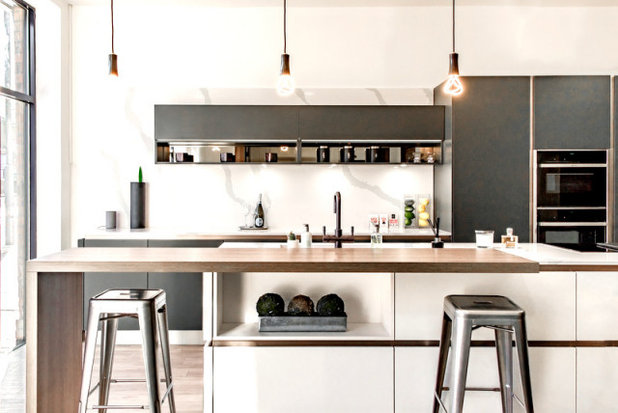
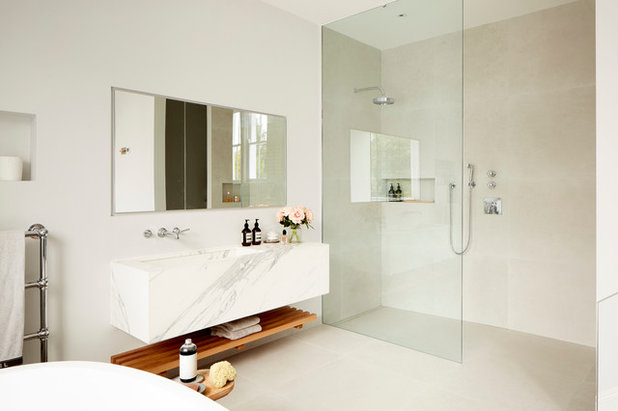
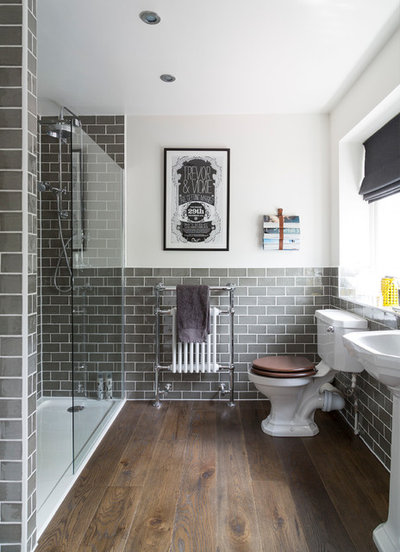
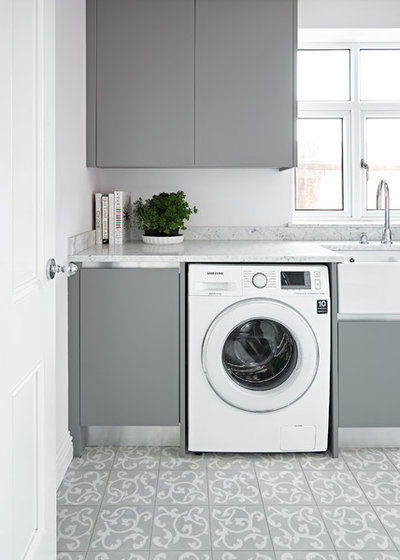
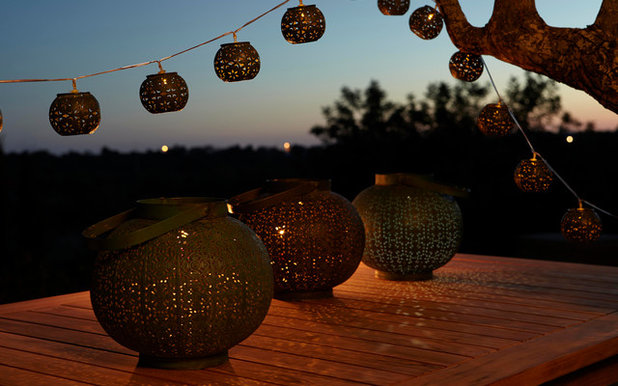



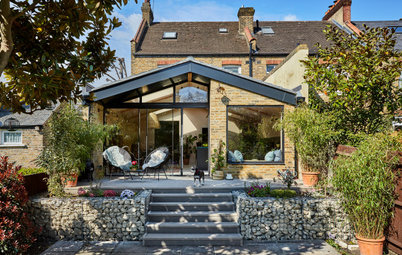
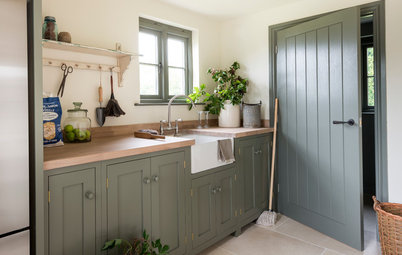
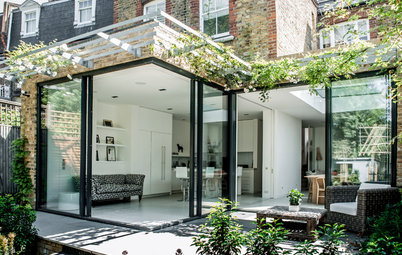
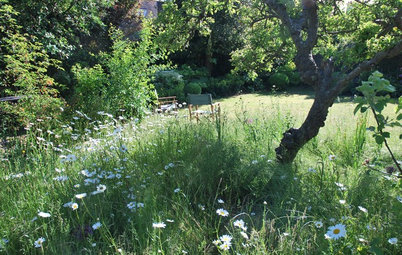
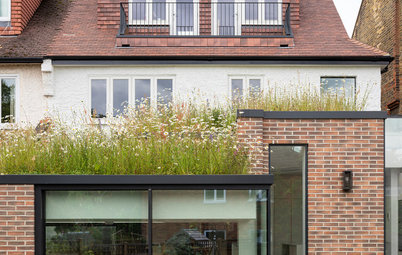
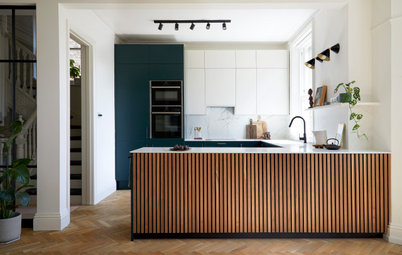
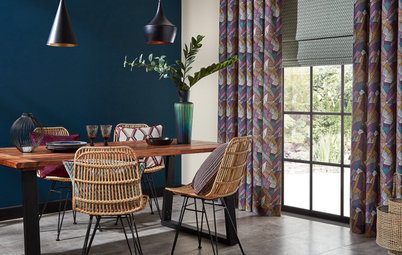

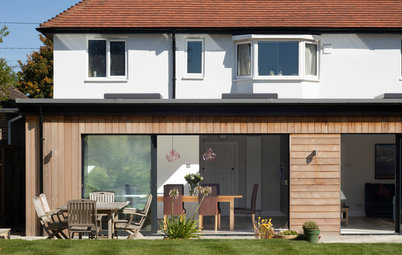
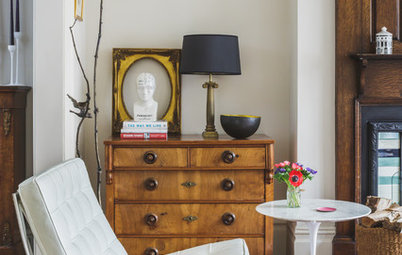
M J - yes, we found the same ! You don't actually save much water if you have to double-flush ...
A very important factor - not even mentioned here - is the orientation of the house, living areas and bedrooms in the Southern hemisphere should face North (South in the Northern hemisphere), which reduces heating and cooling costs significantly and increases comfort levels.
Kevin McCleod’s suggestion for insulation around doors and windows is spot on. It’s remarkable how much room temperatures are affected by these leaks. Insulate, ceiling fans where possible, electrify everything gradually. We have a gas cooktop which when I open the cupboard beneath it leaks gas! Get rid of gas which is probably an active part of the air particles within those homes with gas installed. Let’s hope that double glazing technology & manufacturing improves in Australia in the near future.